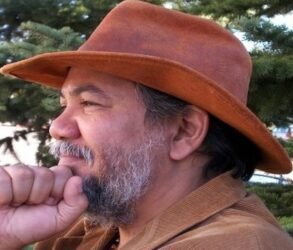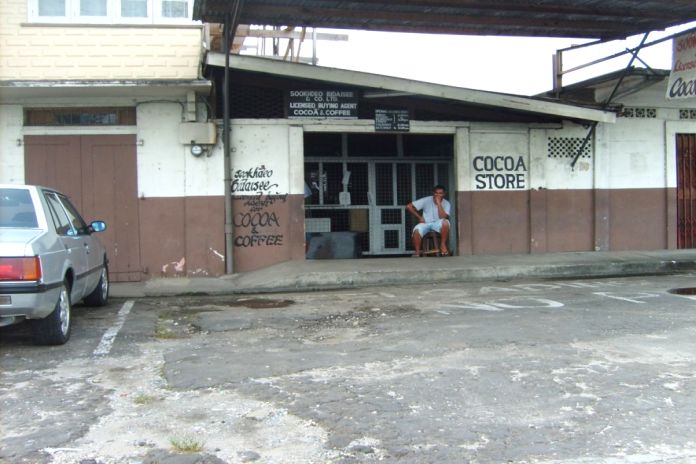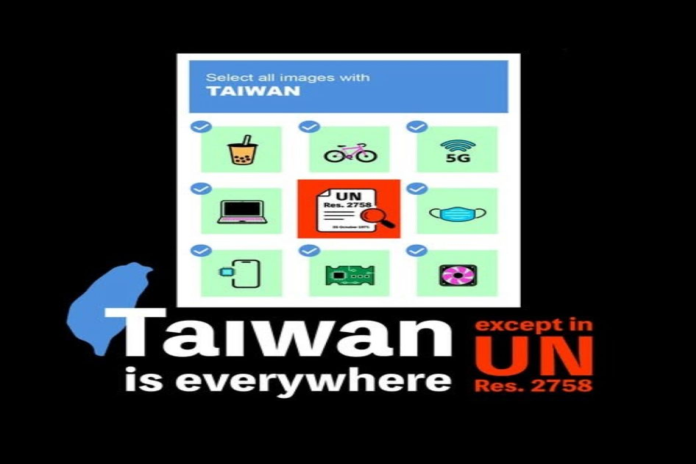By Johnny Coomansingh
This article seeks to illustrate the development of underdevelopment in the town of Sangre Grande, Trinidad. The huge reduction of cocoa production in the area brought with it a level of comesse that will not go away in a hurry. Comesse in Trini dialect refers to a confused situation; a mess of things.
There was a major surge of fortunes emerging from the windfall of hydrocarbon exploration and exploits in Trinidad during the mid-1970s to the early 1980s. Associated with the rise in prices of petroleum products during that era on the world market, many of the smaller towns and villages of the country saw unprecedented population growth coupled with uncontrolled ‘development.’ The northeastern town of Sangre Grande, with the central business district known as Cunapo, (aka Cunaps) is one such place.
Boastfully uttered by the Eric E. Williams, the first prime minister of Trinidad and Tobago that “… money is no problem,” the country saw the construction industry taking off like a supersonic jet. The economy boomed. Quite noticeable were the huge houses being built in rural, cocoa-producing districts with high fences and gates that never existed when there was a tight ‘togetherness and cooperation’ among residents, religious or otherwise.
Under such houses were stylish new cars, vans, and pickup trucks. It was a definite sign of so-called independence. Behaviors changed, not to mention the almost mass migration of agricultural workers from the cocoa fields. Oil money flowed! Interdependence in neighbourhoods vanished, and the ‘unity’ that once existed in the small rural communities was more or less kicked to the curb. Insularity took precedence.
All of that so-called ‘development’ seemed to be good. Nevertheless, dependency on a single aspect or product in any economy could spell disaster; of course, it’s the ‘boom and bust’ scenario playing out. We all know that for every action, there is an equal and opposite reaction.
With the onset of ‘development’ in Trinidad and Tobago, I noticed that many once peaceful and pliant towns are now suffering under the ‘curse’ of underdevelopment. Nothing is wrong with more money, nothing at all. However, more money in the hands of the citizenry gave rise to more people singularly driving around in their very own vehicles on the country’s roads. In some cases, almost every adult in the home owned a vehicle. It has been said that Trinidad and Tobago has more vehicles on the road than the sum of vehicles in all of the countries in the Caribbean.
In an effort to find a solution to the chaos caused by the present avalanche of vehicles, diversions and re-direction of the traffic patterns, particularly in Sangre Grande led to the creation of ‘highways’ that pass through residential areas. Residences on what was once on the periphery of the central business district (CBD) Cunapo, are now part of the core. Imperceptibly, in Sangre Grande, certain roads and streets have now been converted to two-lane highway status. Quiet and once peaceful country roads are now noisy bustling conduits with never-ending traffic. King cocoa died!
In the time when cocoa was ‘king,’ the mainstay economic crop in Trinidad and Tobago, Sangre Grande was more or less sufficiently developed as the center of cocoa production in the east. Remnants of this epoch can still be seen in the photograph of the cocoa store situated on the Eastern Main Road, in Cunapo. Concomitant with the trickle-down of ‘petro-dollars,’ agricultural production experienced a steady decline in the area. What was once the eastern ‘mecca’ of cocoa production and marketing, Sangre Grande is practically now in comesse.

Observations conducted over the last 40 years saw the removal of large tracts of permanently cropped plantations consisting primarily of cocoa, coffee, and citrus fruit interplanted with bananas in and around Cunapo. These areas have been bulldozed, giving rise to residential complexes, small business enterprises, auto repair garages, school buildings, and processing plants. Coupled with the removal of permanently cropped estates, huge tracts of government-forested lands north of Cunapo have been turned into squatting residences.
In terms of population, Cunapo is growing exponentially, but has remained unchanged with regard to its primary infrastructure with one exception, the termination of the British-built rail transport system in 1968. Was the scrapping of the rail system good for the development of the country?
Donald McIntyre’s editorial: ‘Regrets Over Railway Removal’ in the Trinidad Express Newspaper (June 19, 2015) gave some clarity about what is actually happening in the society:
“One of the reasons, if not the main one, for most of our traffic problems is the scrapping of Trinidad’s railway network in 1968. This resulted in thousands who used to travel by rail having to travel by road, adding to the rapidly increasing traffic on our roads. The trains used to handle much of the passenger and commercial traffic in Trinidad, and serviced all the major population corridors: Sangre Grande to Port of Spain; Port of Spain to San Fernando; Jerningham to Rio Claro; San Fernando to Princes Town; and San Fernando to Siparia. If the TGR (Trinidad Government Railways) had been retained, modernized and expanded (say, to Point Fortin), it would have been handling much, if not most, of the traffic, now clogging our highways, and there would be no need for water taxis…almost all countries have railway systems which move hundreds of millions of people, as well as freight, daily. Unlike road networks, you don’t have to build more roads and add lanes to existing ones to accommodate increases in traffic; you just add more carriages. And unlike road users, train passengers are not subjected to traffic jams, police roadblocks, etc. Rail networks are, therefore, important and valuable national assets. We had one and we scrapped it.”
The British rail system transported passengers and mainly agricultural goods from Sangre Grande to Port of Spain. In place of the TGR, a bus transport system was implemented, the Public Transport Service Corporation (PTSC). Is the PTSC working effectively? It is not!
There seems to be ‘development’ in terms of the quantity of personal vehicles on the road but this situation lends itself to entropy. As I have learnt in the ‘Geography of Economic Behavior,’ ‘more is not always better.’ Sangre Grande is now experiencing the odium of underdevelopment.
Traffic jams are now unending in the town, especially at the junction of Brierley Street and Ojoe Road. Brierley Street which intersects with Foster Road and Henderson Street could link a commuter to Toco Road but some drivers are impatient and would not wait their turn. Some drivers are always in a hurry. Taxi Stands at the corners of Ojoe and Foster Roads consume almost half the road space. This situation with the ever-present potholes, decreases the movement of traffic to a snail’s pace. Just imagine that Trinidad has the largest asphalt lake (99 acres) in the world.
Ojoe Road filters into the Eastern Main Road (EMR). A commuter could go to Foster Road, Toco Road, to the eastern side of the EMR (Manzanilla Road) or head west. During rush hour, especially when school is in session, the Sangre Grande Roundabout and filtering roads are all jammed up and this one-way traffic jam is further exacerbated when the garbage truck is picking up trash.
There is a literal fight for space! Many businesses inclusive of groceries, pubs (rum shops), pharmacies, restaurants, variety stores, and hardware outlets do not provide parking lots for their patrons. Shoppers are more or less have to park on the streets. They risk being ticketed by police officers or traffic wardens or pay; yes pay protection money to some young men who demand and collect money illegally if you want to park on abandoned premises.
With all the thousands of vehicles that flood the narrow and most times potholed roads in Sangre Grande there is only one gas station near to the Guaico junction of the Eastern Main Road. On the way to Cunapo, the traffic at this point is always a problem. Vehicles are forever lined up on the sidewalk waiting to buy gas, compounded with commuters entering and leaving the gas station. Call it what you want, but this situation bears the mark of underdevelopment. I think that ‘Grande people’ and Trinis on a whole were blessed with real patience to withstand such inconveniences.
There are others who still believe in the ‘political’ one-liner: “We like it so.” However, in my opinion, this problem will remain an eternal one. In closing, a few lines from my poem ‘Up from the mud,’ factor effectively here:
‘What of Grande now in its development?
Should I sit and stare at its underdevelopment?
Traffic jams, narrow roads, derangement?
Loss of heritage sites and mismanagement?
Should I blame the people or the government?
Some politicians come, and some fly off the stage
Sometimes I get into a fit, into a maddening rage
To see the chaos, mayhem, mischief and calamity!
About what happened to this town called Sangre Grande
As one MP said, “It’s the poorest constituency”
No zoning,a rumshop here and a rumshop there…a grocery
A drunken castastrophe
Nevertheless, it’s Sangre Grande—the ‘Big Blood’
A town in east Trinidad that rose up from the mud.’





